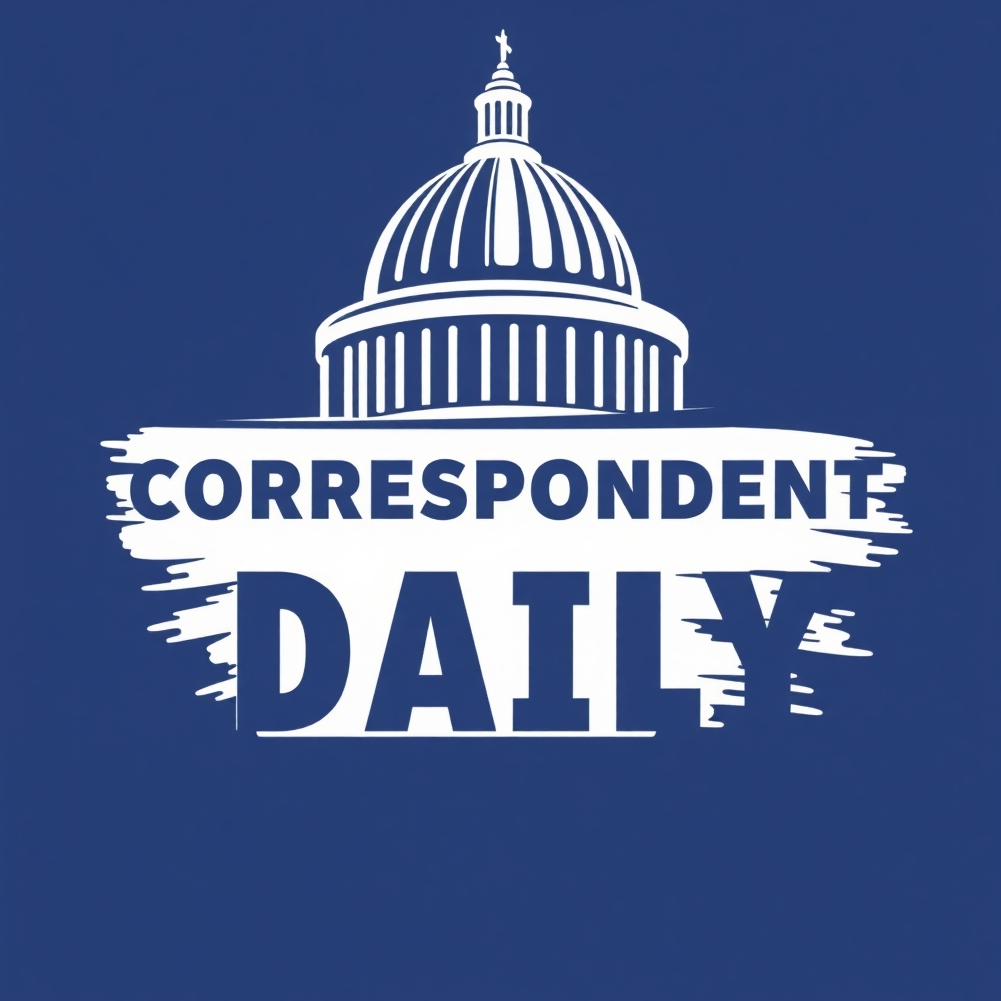
Understanding RSV: A Hidden Threat to Young Lives
Respiratory Syncytial Virus (RSV) is not just a seasonal illness; it is one of the leading causes of severe respiratory infections in infants and young children. Every year, thousands are hospitalized due to RSV, which can lead to lasting health challenges. The recent WHO meeting aims to address this pressing issue by strengthening surveillance systems in lower-income regions where the disease burden remains high, particularly in sub-Saharan Africa and South/Southeast Asia. Understanding this virus and the efforts to combat it is vital for communities worldwide.
What Sparked the WHO Initiative?
The impetus for enhancing RSV surveillance has been twofold: the emergence of new preventive tools, including effective vaccines and monoclonal antibodies, and the recognition that low- and middle-income countries need tailored support in tracking and managing RSV. With backing from the Bill & Melinda Gates Foundation, the WHO is poised to better integrate RSV data into existing global health structures, like the Global Influenza Surveillance and Response System (GISRS). This initiative not only aims at bolstering local health capabilities but also strengthens the global response to potential pandemics.
Regional Focus: Why Sub-Saharan Africa and South/Southeast Asia?
These regions face significant healthcare challenges, including a high incidence of childhood respiratory illnesses. Many health systems are under-resourced, which not only complicates treatment efforts but also makes surveillance and data collection about diseases like RSV particularly crucial. By prioritizing these areas, the WHO initiative hopes to generate localized evidence that informs national policies, ensuring calls for vaccination and treatments are backed with solid data. This helps to tailor interventions to the unique health landscapes present in these regions.
The Role of Community in Tackling RSV
A significant outcome of the WHO meeting is the establishment of a Community of Practice. This platform is designed to facilitate ongoing collaboration and knowledge sharing among health professionals focused on RSV management. By pooling resources, sharing success stories, and discussing challenges, the community can foster innovative solutions while maintaining focus on shared goals: the prevention of RSV-related illnesses.
Looking Forward: Innovations in Surveillance and Care
Future strategies will involve developing national protocols for RSV surveillance that not only include how to track the disease but also how to accurately estimate its burden. With robust data, policymakers can effectively allocate resources toward preventive measures, ensuring that the most vulnerable populations are protected. These innovations could lead to a significant decrease in RSV-related hospitalizations among children, paving the way for healthier futures.
How You Can Contribute
Awareness is a crucial first step in combating health crises. By understanding the impact of RSV and supporting global health initiatives like the WHO's efforts, individuals can engage in meaningful discussions about healthcare policies. Whether through advocacy, voluntary work, or even just sharing information within your community, every action counts toward a world where respiratory infections in young children may someday be minimized.
In conclusion, the WHO's focus on strengthening RSV surveillance represents a vital step forward in global health. By addressing the needs of low- and middle-income countries and fostering collaboration among healthcare professionals, we can protect our most vulnerable populations and work toward a healthier future. Stay informed and engaged as we continue to respond to international health crises; the collective effort can indeed make a difference!
 Add Row
Add Row  Add
Add 




Write A Comment